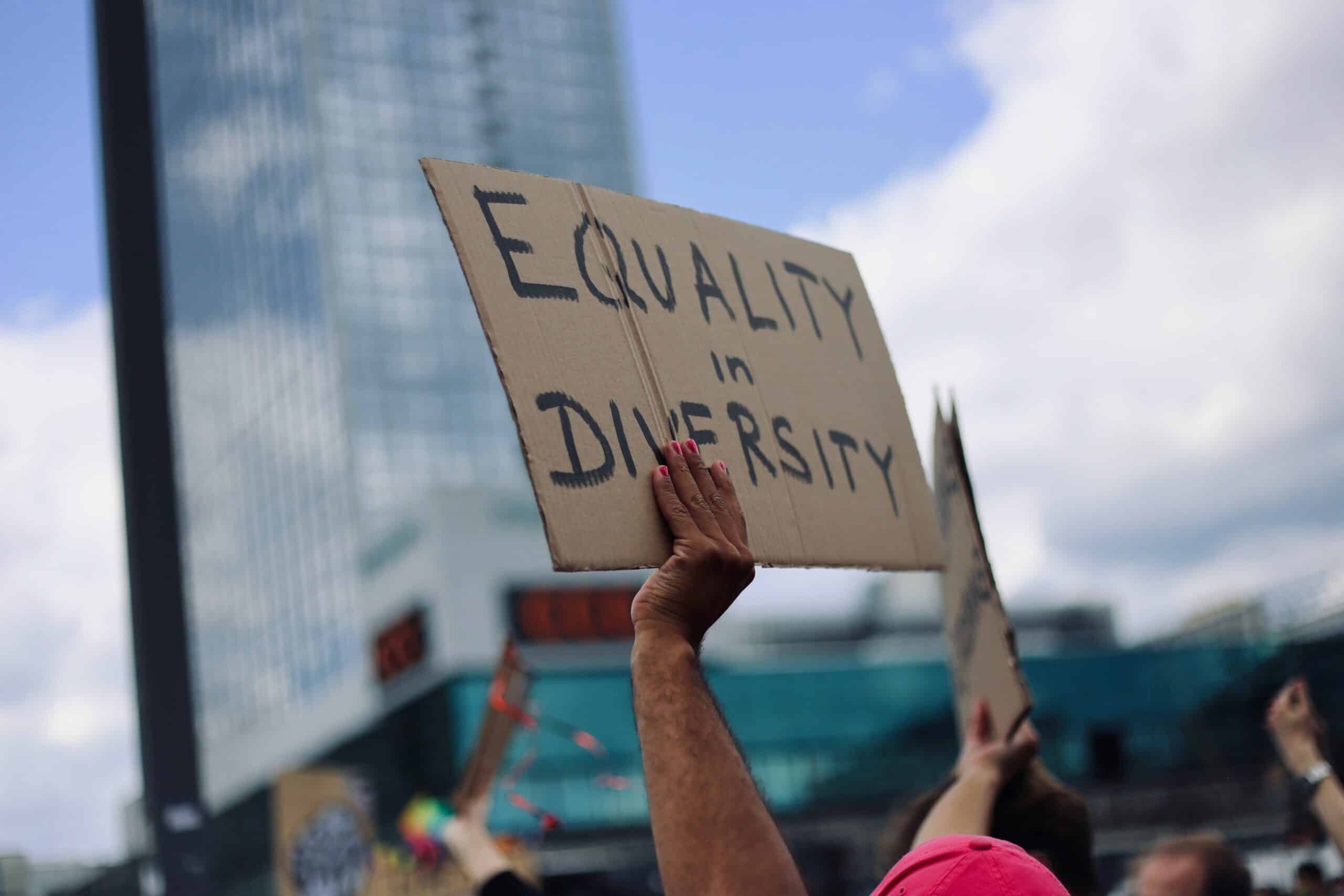Human Resources
Developing and implementing a successful HR strategy in 6 steps
4 januari 2020

Developing an effective human resource strategy takes time and careful planning. Whether you want to increase your profit margin, grow the company or revolutionise with tech, HR is at the centre of all business decisions.
Typically, HR strategies will be rolled out and revised each year to align with the wider business. This will help keep the business focus fresh and in line with industry changes. This easy-to-follow guide will take you through the steps to the successful development and implementation of human resource strategies. It’ll help you create a plan that’ll focus on business goals and HR’s role in delivering them.
Given the many twists and turns of 2020, which are, unfortunately, still seeping into the new year, we must take what we’ve learned from the pandemic to begin charting a new course for the future.
Knowing that HR strategy plays a truly foundational role in how businesses and their workforces evolve, adapt, and transform over time, it’s critical to align around the right strategies now to propel your organization and its people forward—and in the same direction—in the future. This is why we published here a more detailed version of the guide below, with examples and actionable advice on how to develop and implement an effective HR strategy in 2021.
Step one: align with business needs
Every HR strategy has to support business efforts, so the first step is to align both strategies. Business strategies will more than likely focus on external goals to bring in revenue while the HR strategy will look at what is needed for the business to reach these goals. Put simply, if your people aren’t looked after, you won’t achieve anything. You need to be 100% clear on the business goals to be able to create an effective HR strategy – people need clarity to know what they’re working towards and can feel motivated and rewarded by having a clear focus. Be clear about what you want from your people and how they fit into your overall goals.
Step two: plan, prepare and measure
Once you’ve nailed down what your HR strategy needs to focus on, the next thing you should do is develop it to include goals, measures and capabilities. This will allow you to plan and prepare for the year ahead. Firstly, look at the goals your team can achieve. If you want to keep clients and customers happy to keep their business then employee retention is key – and using your HR strategy to look after individuals is important. In general, it’s a good idea to not overwhelm resources by trying to complete too many goals at once. Spread major goals throughout the year and include checkpoints periodically to help you stay on track.
Step three: communicate to stakeholders
From growing the company to implementing new technology, the HR department is responsible for communicating new ideas to the wider business and ensuring people can apply them. When new initiatives are introduced, clear and informative communication is key for the business to welcome any change. If fact, no matter the size of the business, the majority of employees need to be on board for any change to take place. It’s best to promote all your communication to managers first. With manager buy-in, any challenges or controversial changes within the business can be better resolved with support from stakeholders.
Step four: promote collaboration
As well as having good communication, it’s important to ensure teams have contributed to the cause. Collaboration is an important part of HR strategy and one that has a big impact on the wider business. HR can act as the glue that binds teams together through effective work processes or even social, cultural and team bonding efforts.
Step five: create measures
Without measures, how will you know if the strategy is successful? The content of your HR strategy will determine what measures you need to implement. Some metrics can be obvious, such as revenue, sales targets or employment goals, but others can be more variable. If your strategy is to improve your environmental impact, you may want to consider the energy used to monitor how eco-friendly you’re being. Or, if your strategy is to improve employee retention or happiness you could look at staff turnover or absence rates.
Step six: assessment
To help you stay on track and ensure you’re still aligned to business goals, it’s important to assess progress regularly. As well as noting down what worked well, look back at how you got to each stage and whether any challenges needed to be addressed. This way you can foresee any potential future problems and resolve them before they even happen.
Do remember
With these steps, you’ll be able to implement and manage your HR strategy. The important thing to remember is that clear communication to the wider business is vital for the strategy to be a success. A successful HR strategy will influence the whole business and contribute towards wider goals by looking after the people you need to deliver them.


